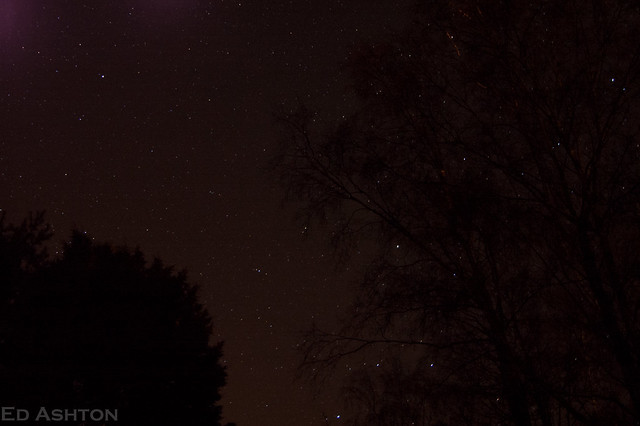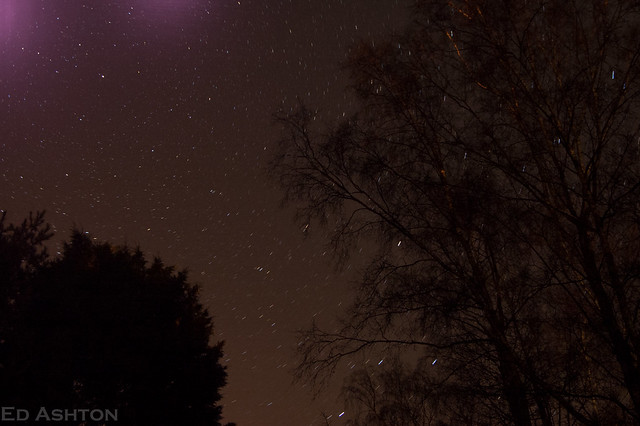- Messages
- 51
- Name
- Edward
- Edit My Images
- No
Hello everybody 
I popped over to sandringham forest tonight, the tree's provide what i percieve to be excellent coverage from the surrounding towns light pollution (I may be wrong...)
So here are a couple of photo's from the evening, they aren't anything amazing, just two I picked out to highlight the problem i keep getting.
I would like to know, what the red/purple flare is at the top left of both photographs, its present in a few others from this evening.
These photo's have much different exposure times, both have different aperture settings, but both share an ISO of 800.

DSC_1044 by Edward Ashton, on Flickr

DSC_1045 by Edward Ashton, on Flickr
Thanks,
Ed.
I popped over to sandringham forest tonight, the tree's provide what i percieve to be excellent coverage from the surrounding towns light pollution (I may be wrong...)
So here are a couple of photo's from the evening, they aren't anything amazing, just two I picked out to highlight the problem i keep getting.
I would like to know, what the red/purple flare is at the top left of both photographs, its present in a few others from this evening.
These photo's have much different exposure times, both have different aperture settings, but both share an ISO of 800.

DSC_1044 by Edward Ashton, on Flickr

DSC_1045 by Edward Ashton, on Flickr
Thanks,
Ed.


